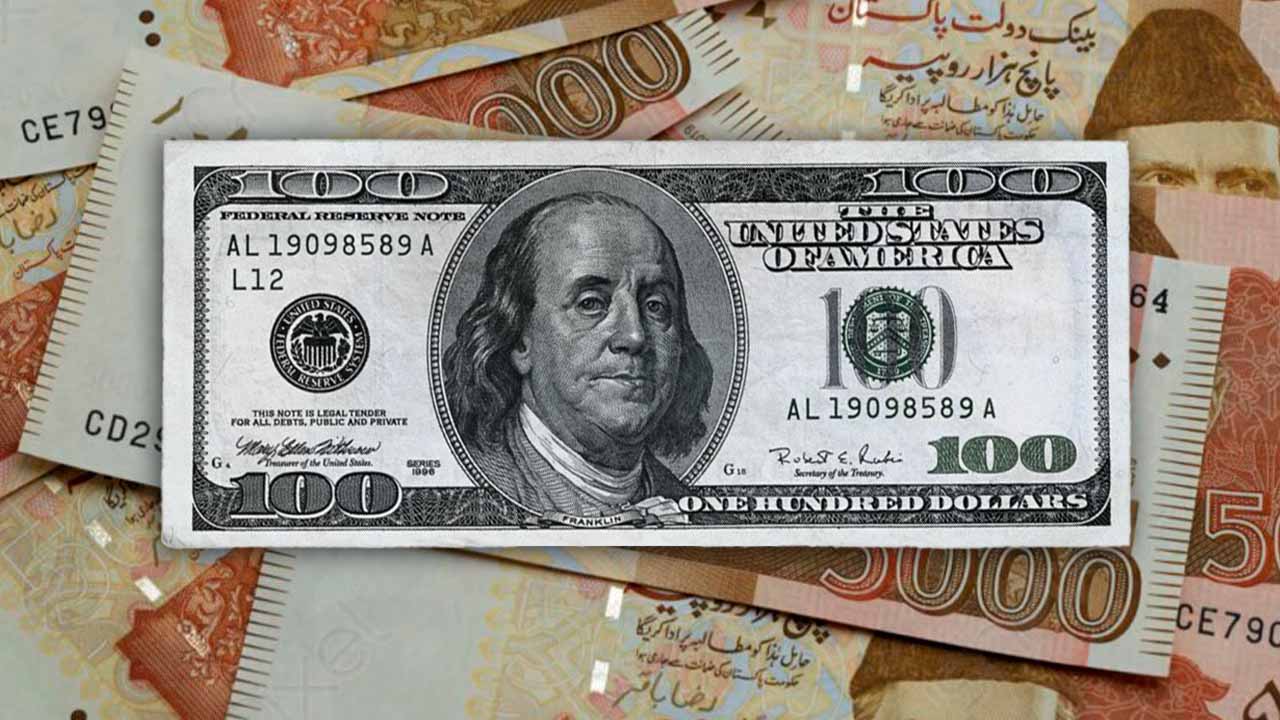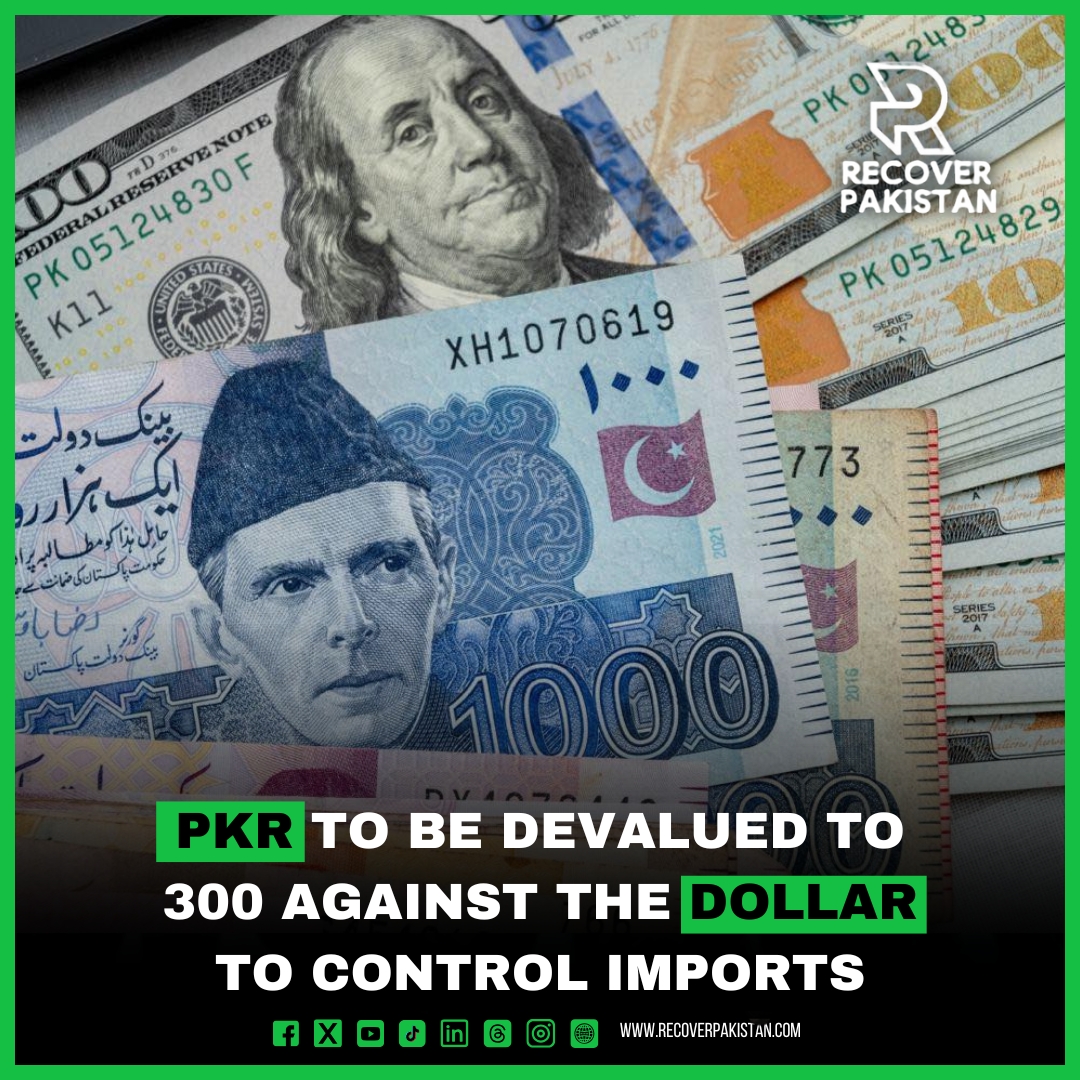Due to stagnant imports, the Pakistani government is planning to devalue its currency to ensure that the current account deficit does not rise in the fiscal year. The government of Pakistan has to pay nearly US 25-28 billion dollars next year to multinational countries, the IMF, and other donors of Pakistan; however, most of it will be rolled over due to commitments from the UAE, KSA, and China to the IMF regarding financing Pakistan. However, it is certain that Pakistan does not want to go at this approach forever, and they will want this external debt repayment to be over soon. Moreover, it is expected that the government of Pakistan will borrow less in the next fiscal year, as it is expected that Pakistan's remittance inflows could reach USD 40 billion in the next FY. The only issue is that Pakistan's exports cannot curtail the level of imports that is rising. The ratio of export vs. import is almost 2. For example, if Pakistan exports figures of US $2.6 billion for the month of May 2025, then import figures will be US $5.1 billion, which is unstable.

There is a sense in the government of Pakistan that relying on remittances is not the right approach, and reforms need to be done in this regard to discourage imports and increase exports. Devaluing currency is a test formula, and it has worked for countries like South Korea, Argentina, Turkey, Vietnam, and Indonesia. However, these countries had stable manufacturing environments and effectiveness; that is why devaluation was delivered. However, for Pakistan, the government must ensure that every stakeholder is on board with this, as it will result in an increase in inflation as well. Pakistan wants the PKR rate against the dollar to be brought to at least 90%, which will give a chance to increase exports and support the currency in the longer term, like Brazil did after Covid-19, and their exports increased.




